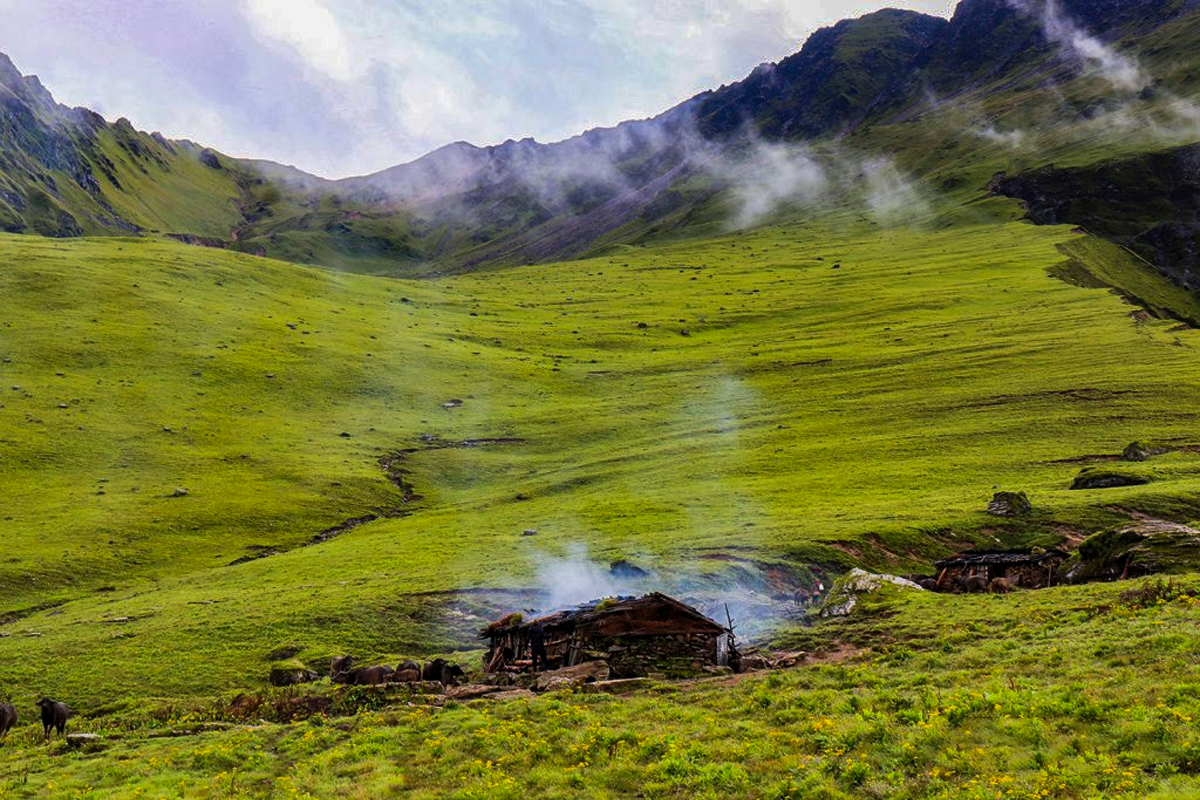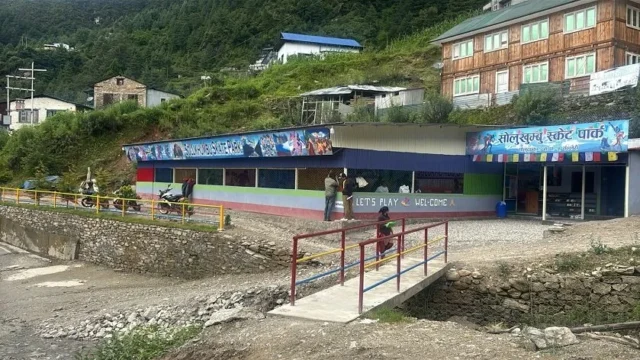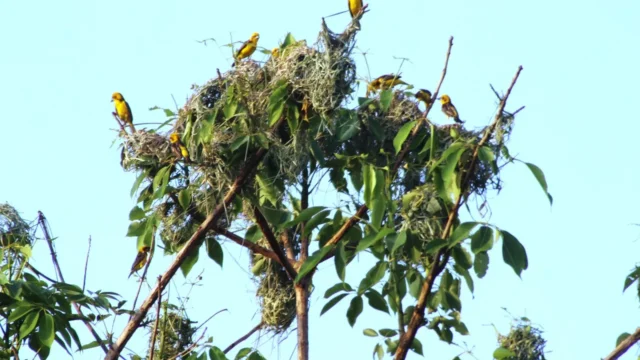Nearly 200 hectares of public land within the Dhorpatan Hunting Reserve, which spans the districts of Eastern Rukum, Baglung, and Myagdi, have been encroached upon.
The Dhorpatan Hunting Reserve covers an area of 1,325 square kilometers, with 60% located in Eastern Rukum, 26% in Baglung, and 14% in Myagdi. According to the annual report for the fiscal year 2080/81, 185 hectares of land within the reserve have been encroached upon. Encroachment has increased as locals extend their compounds into the reserve, even in areas adjacent to land where they already hold ownership certificates.
Despite the annual encroachment, the concerned authorities have made no significant efforts to prevent it. Conservation Officer Mandip Pangeini stated that 311 households have encroached upon 185 hectares of land at 34 locations within the reserve.
“Encroachment has become a major challenge in the hunting reserve,” Pangeini said. “We have identified the encroachment and are working with various government bodies and stakeholders to reclaim the land.”
Encroachment has occurred for settlement and farming, particularly in forested and pasture areas. The encroachment is reported in the villages of Ranma, Maikot, Hukam, Taksera, and Kakri in Rukum, as well as Jaljala and Gurjaghat in Myagdi, and Chentung, Syalpakhe, and Navi in Baglung. Some of the encroached land has been cultivated, while other areas have simply been fenced off and left unused.
Historical data from the reserve indicates that minor encroachment began around 2047 BS, with a significant increase during the armed conflict. The government established the Dhorpatan Hunting Reserve in 2039 BS. Alongside encroachment, a lack of conservation efforts has led to the deterioration of some of the reserve’s structures, including Rudratal Lake.





